Why would any sane, rational human being leave the comfort of their home with air conditioning and plumbing, strap 40 pounds of gear onto their back, and haul it 10 miles into the wilderness on foot to sleep on the ground, and eat dehydrated food for days? Under threat of bear activity and a “mountain lion behaving strangely,” swatting away mosquitoes while punishing joints on steep climbs and descents? My friend Lori (The Outdoorsy Artist) and I had ample time to unpack the mystery of why we vacation this way on a recent four-day backpacking trip on the North Fork Skokomish River Trail.
Water and wildlife on the Olympic Peninsula
The North Fork Skokomish River flows in the southeastern part of Olympic National Park in Washington State. Formed by glacial runoff from the Olympic Mountains, it winds through forested valleys and rugged mountain peaks to meet its South Fork counterpart. There, they form the Skokomish River, which empties into Hood Canal. The water is the backbone of the Cascadian ecosystem, providing nutrients, biodiversity and habitat critical for the survival of a diverse range of fauna and flora.

The Cascadian old-growth forest is dense with gigantic trees – western hemlock with drooping branches and tiny cones, Sitka spruce that litters the ground with needles, iconic Douglas fir and Western red cedar. The forest is ancient and primeval. Some of its trees are dated nearly one thousand years old. Several of its conifer specimens are the largest known in the nation – including one gargantuan Alaska cedar that measured more than 126 feet high and 37 feet across when it set the record in 2005.

Erosion is a constant along the shifting river. The cottonwoods and willows that cling to the banks help buffer the land from total disintegration, filter pollutants, and provide critical habitat for wildlife. The rainforest floor houses a thick understory of vegetation below the canopy. Ferns line the trail, and moss and lichens reach every boulder and trunk.
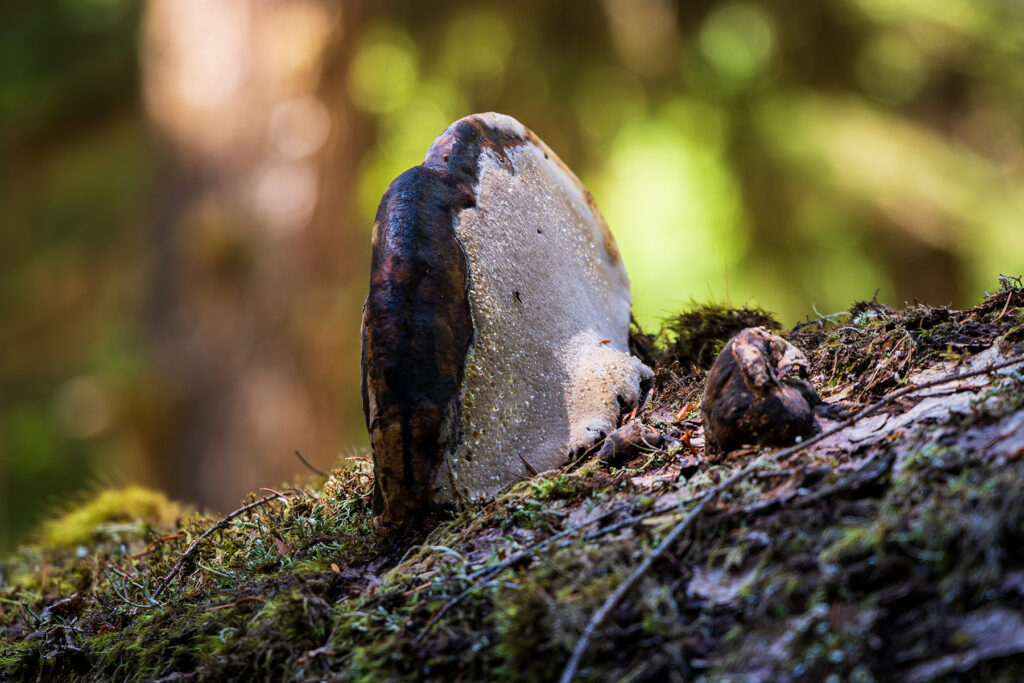
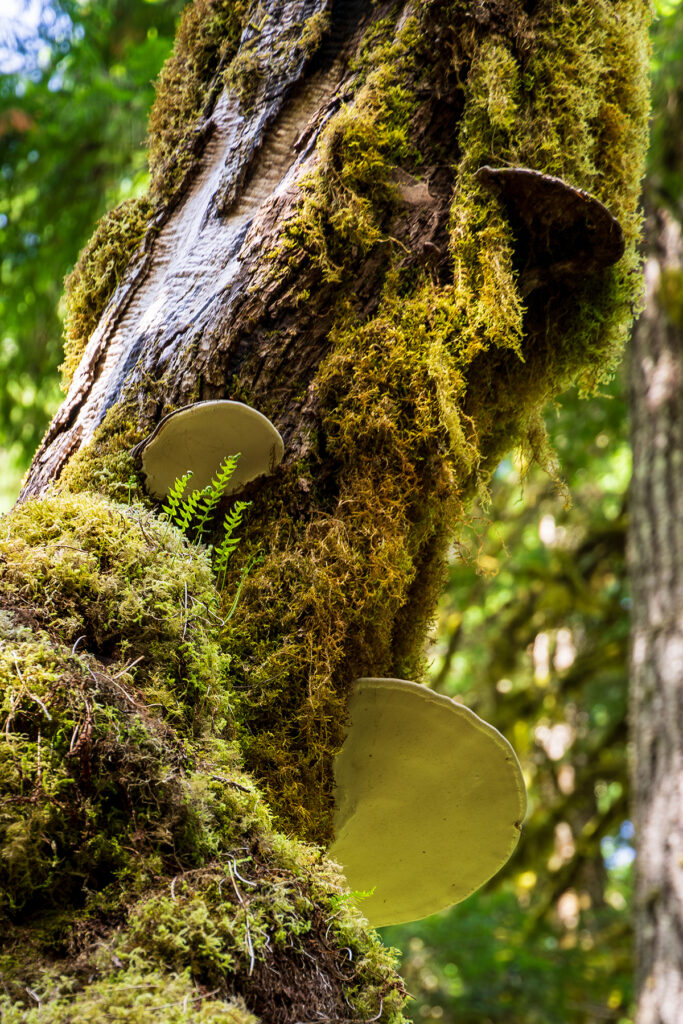
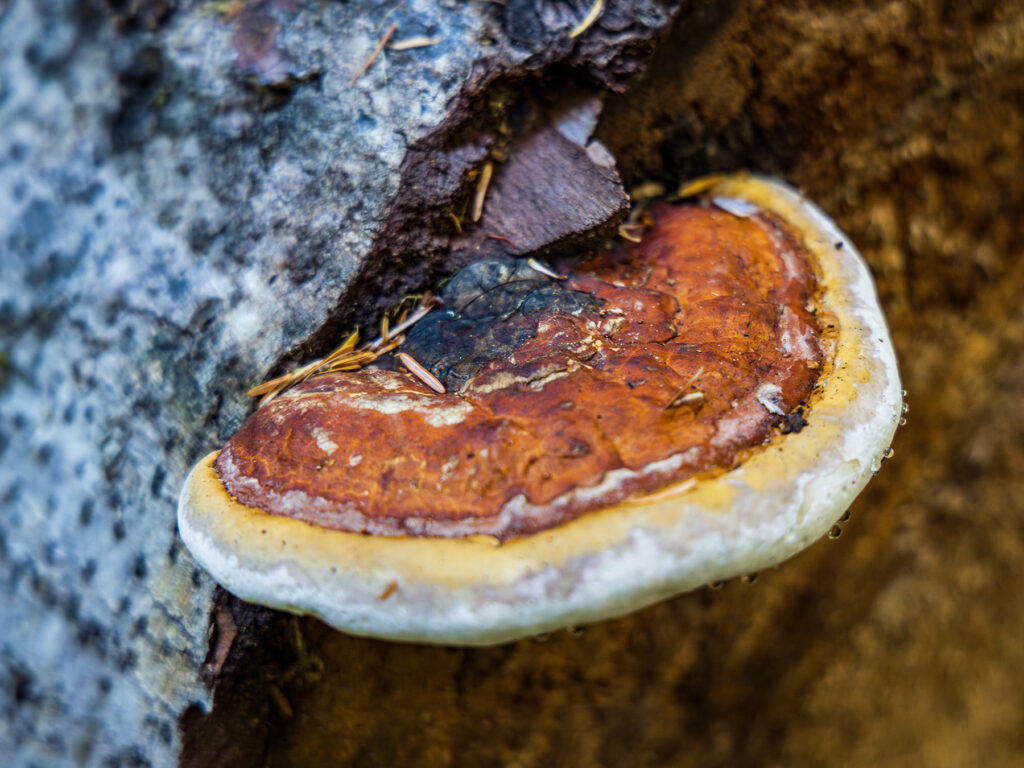
On a friendly young park ranger’s tip, we secured a secluded campsite past Big Log (2,664 ft) toward Six Ridge that allowed us to sleep atop a beautiful, crumbling bluff right where the river rushes around a bend. It made for fewer mosquitoes and gave me a front-row seat to the wildlife display on the river with my feet dangling over the edge. The air was cool. It smelled of soft, decaying conifer detritus and DEET.
When the sun was gone from my vantage point at the Six Ridge bend, the light dimmed, and I saw several bats – 11 species are confirmed in the park – darting back and forth across the river for aquatic insects. I glimpsed something dark out of the corner of my eye, tumbling through the roiling water. A pair of harlequin ducks were bobbing, diving and surfing down and back up the river, disappearing and popping back up somewhere entirely different. They hopped on rocks and dived back in, progressing down the river to make an evening meal.
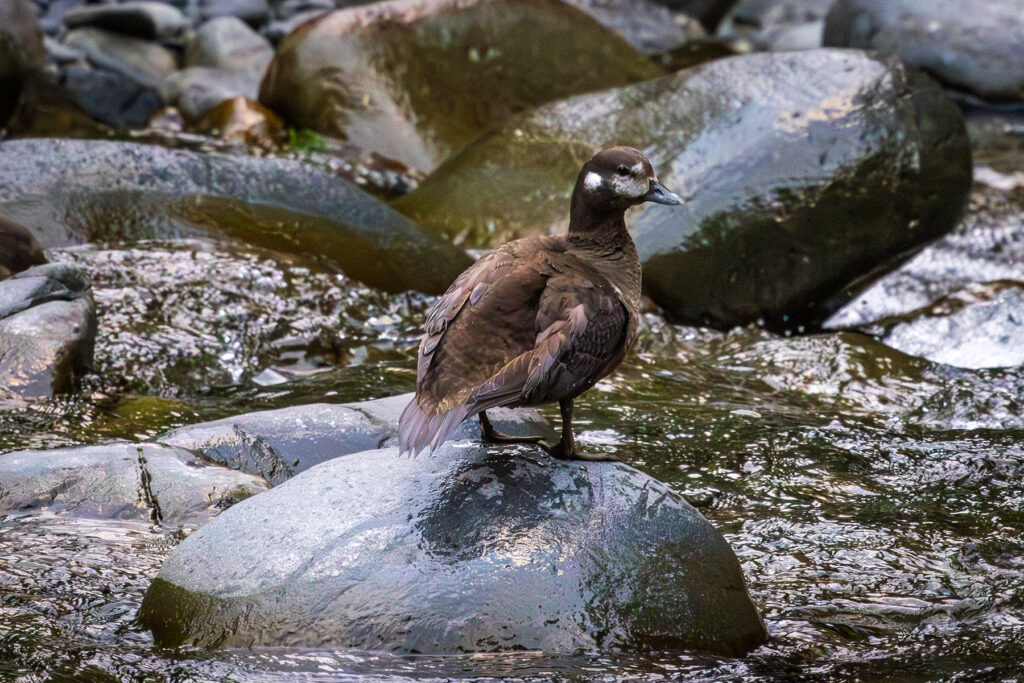
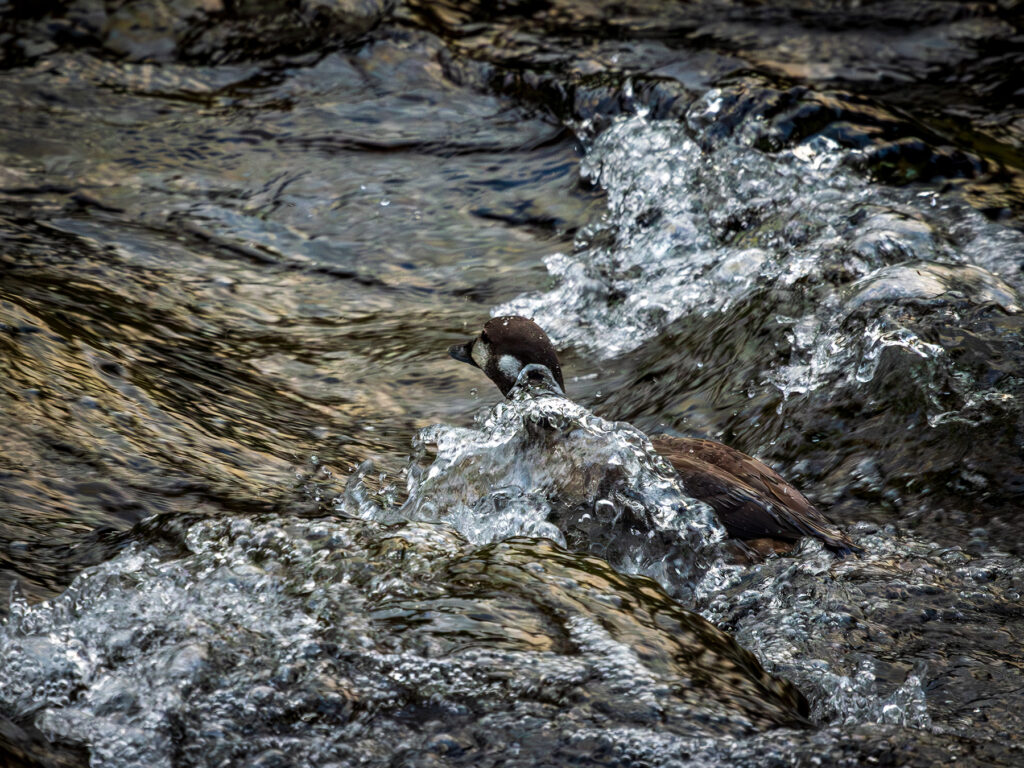
Olympic has nearly 3,500 miles of rivers, streams, and more than 300 ponds and lakes. Water is the lifeblood of the rainforest, supporting dozens of salmon and other fish species, hundreds of birds, and a wide variety of terrestrial and marine mammals. Wildlife sightings were elusive on this trip, but we saw a few colorful characters during our time. Mornings, we watched our step for giant banana slugs on the trail. Playful Douglas squirrels (colloquially called chickarees) entertained with upside-down antics. We heard the occasional woodpecker and spotted one Steller’s jay whose black and blue feathers shimmered like sapphires.
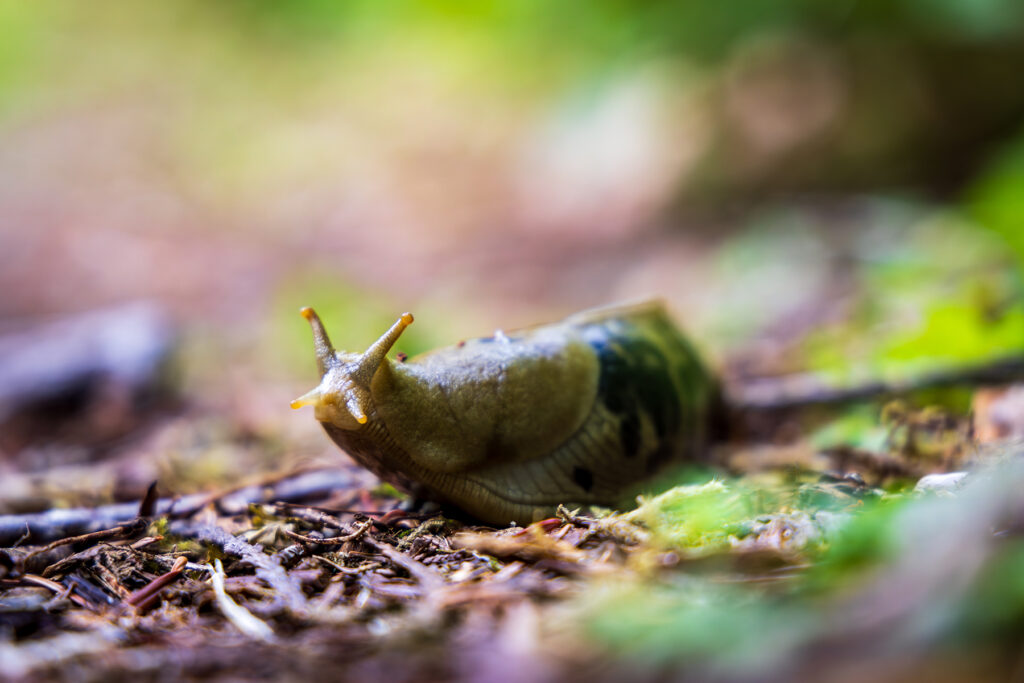
On our second day of hiking, a small rock-hop river crossing led us to our final campsite at Nine Stream (2,112 feet) – though not without a quick slip on slick rocks into the icy water and an instinctual thrust of my camera into the air before concerning myself with my own safety. We were the first hikers to arrive, so we chose a prime spot in the trees with nearby access to the river, a primitive (and putrid) pit toilet, and a bear hang for our food. We laid our wet shoes and socks on a log in the sun to dry and set up camp, complete with our tents, a “dining room” at the fire pit (which was off limits due to a fire ban from the dry conditions) with two perfect logs for sitting, and strong, mature trees to string our hammocks.
Having backpacked a beautiful 10 miles and 1,500 feet in elevation gain with the dead-weight equivalent of a four-year-old on our backs over the last two days, my shoulders and back throbbed. I thrust my feet into the frigid water at a small eddy formed where the rocks tunneled down the boulders and through fallen logs. I sat silent and pumped a gallon of water by hand from the river, breathing the moment in.
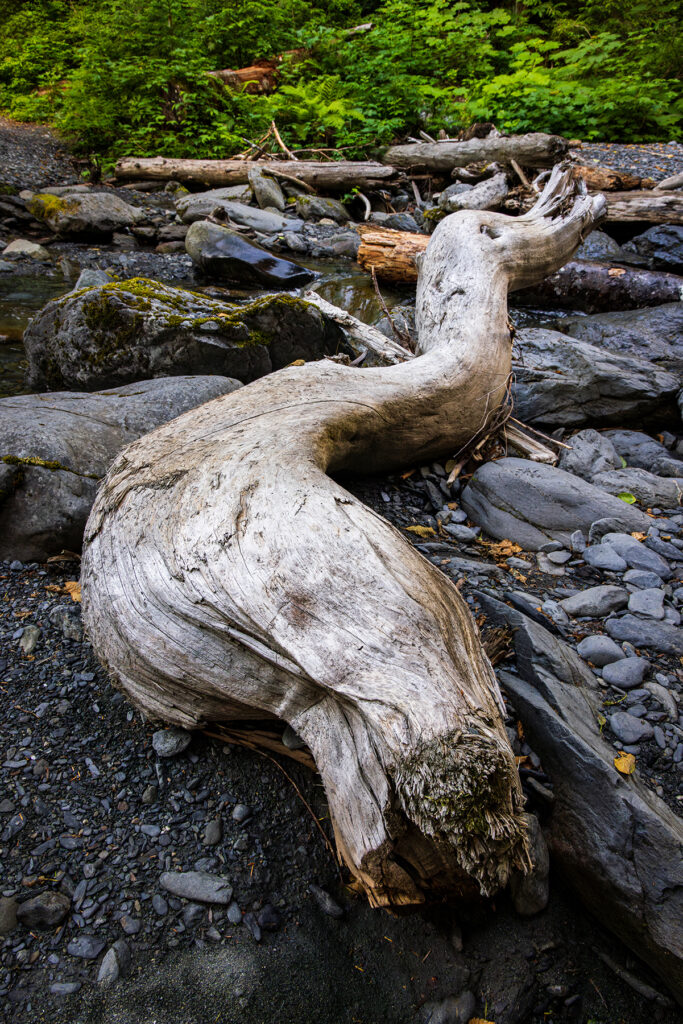
We lounged in our hammocks at camp, reading and napping all afternoon. Lori brought a memoir from her late grandmother, Chadna. She occasionally broke the silence with a shocking or hilarious story from her childhood that made us laugh until we cried. We swapped stories about our families. We talked about how they were more connected to the land out of sheer necessity for generations and simpler, harder times before.
We lamented how disconnected the world has become from the outdoors in the modern age. We concluded that society desperately needs to restore balance in nature – and how influential spending time in it can be on how much we care about it. Taking to the trails, embracing nature and finding empowerment in the wilderness is powerful in persuading people to preserve these natural treasures for future generations.
Trekking the historic trails of the Skokomish
I tiptoed around the trail in the morning, looking for a photograph. I marveled at the millions of tiny sprouts and seedlings emerging from endless nurse logs, reaching for the canopy to get sunlight, regenerating life where another had ended. I observed the yellowed, parched moss hanging from the trees.
Many of the ferns in the understory seemed dry, a telltale sign of summer, but also the increasingly warm temperatures and low rainfall this year. Many creekbeds had slowed to a trickle, and some river crossings had gone completely dry. These summer low-flow periods are projected to increase significantly in the future.
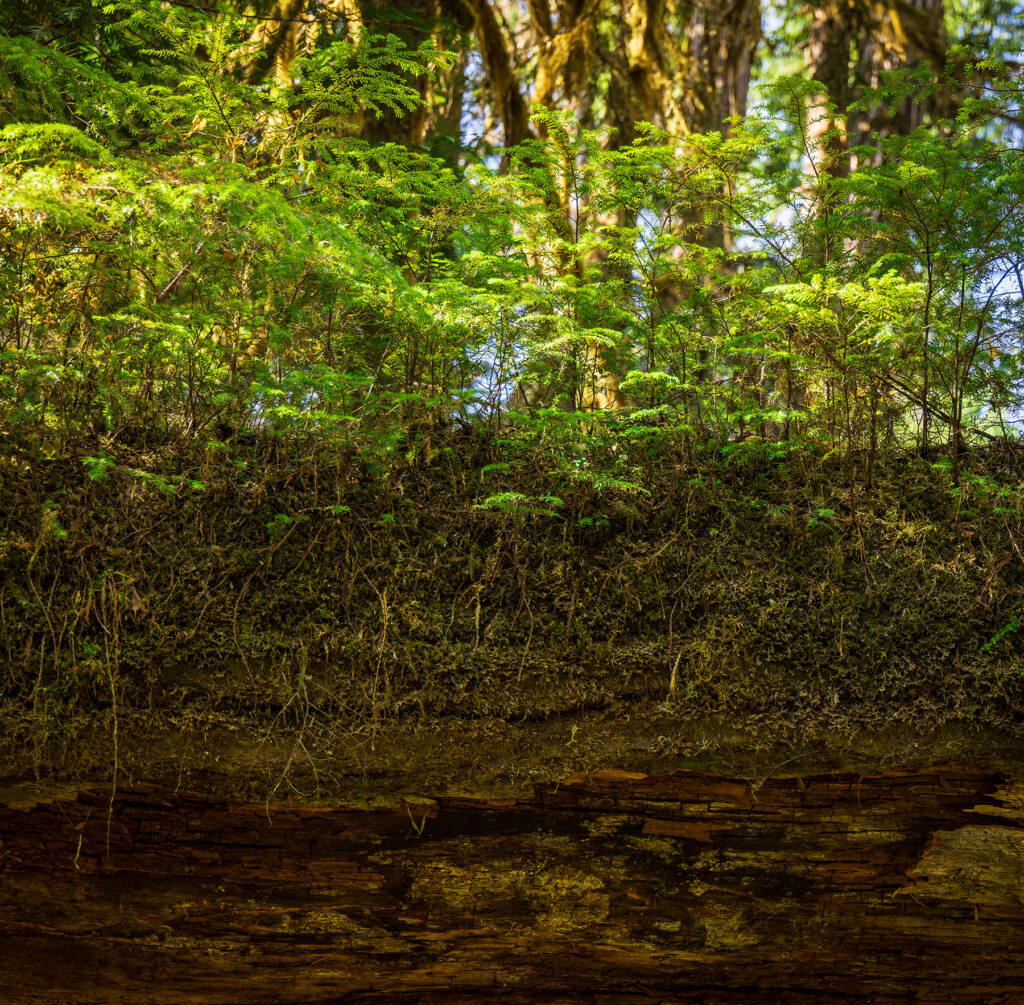
Everything that happens within the watershed boundaries affects the quality of water and, therefore, the quality of life within the watershed. The region receives eight to 12 feet of rain most years, and Mount Olympus has collected up to 50 feet of snow in the wintertime, making parts of Olympic National Park some of the wettest places in the continental U.S. But warmer winters have led to less snowfall that feeds glaciers, and the largest glacier in the park, Blue Glacier, has receded more than one-third of a mile and lost 150 feet of ice thickness in the last century. If current warming patterns continue, decreasing snowpack means less water for the wildlife that depends on it for food and habitat and an increased risk of destruction from forest fires and pests.
My mind lingered on the future, where the ramifications of climate change seemed to loom ominously close. But in contrast, I also thought of everything that happened before today to create this place as we know it. For thousands of years before the Europeans arrived, the Olympic Peninsula was inhabited by numerous indigenous tribes – the Quinault, Hoh, Skokomish, and others. Generations of these native inhabitants were an integral part of the ecosystem. They relied on the waterways for resources and managed the land carefully to sustain it for generations to come. They lived fully and intimately connected to the land, physically and spiritually. Many of the trails we hike in the mountains today are the very same routes that these original people walked to go where canoes couldn’t take them.
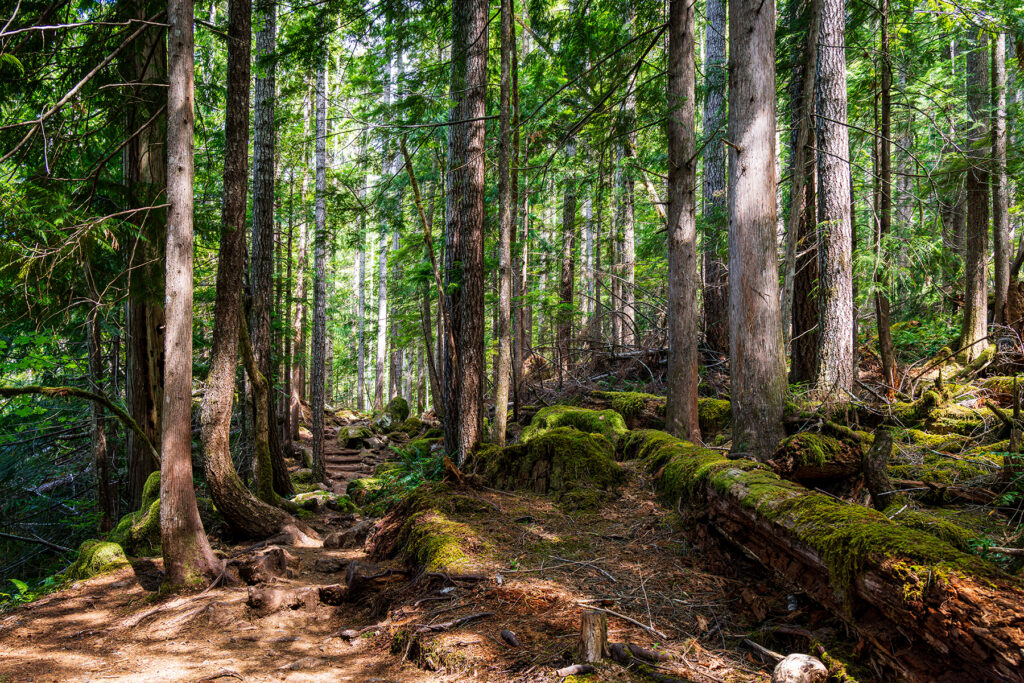
We got our day packs together and headed up the trail to First Divide. It was steep and steady switchback climbing for most of the 2.5 hours it took us to hike about 3.5 miles and 2,500 feet in elevation gain, mercifully without our packs – but still enough to require frequent breaks from the exertion. The terrain changed frequently, varying from soft pine needle bedding to gravelly rocks, tree roots, and downed logs. I pushed thoughts of how much the descent would hurt to the back of my mind and tried to appreciate the soft ground and relatively low altitude compared to hikes in the Rockies.
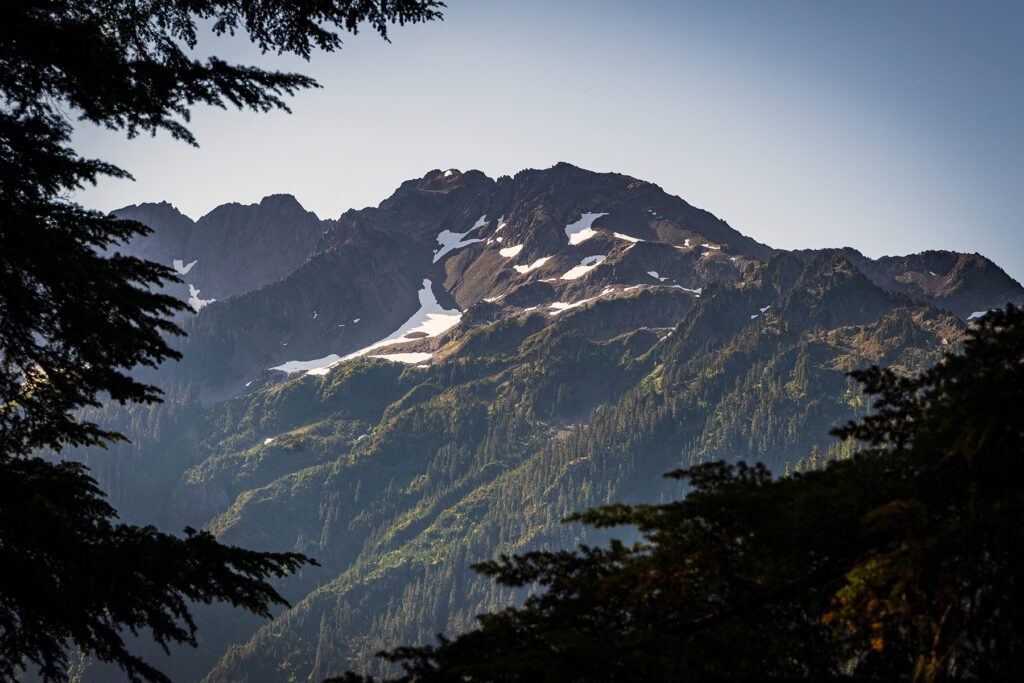
The landscape rewarded us with bountiful views. Snow in the shadows and creases of the surrounding Olympic Mountains. All varieties of waterfalls and babbling brooks. The bees danced pollen onto their legs from alpine flowers, purple asters, and assorted wildflowers in red, orange, yellow, and white.
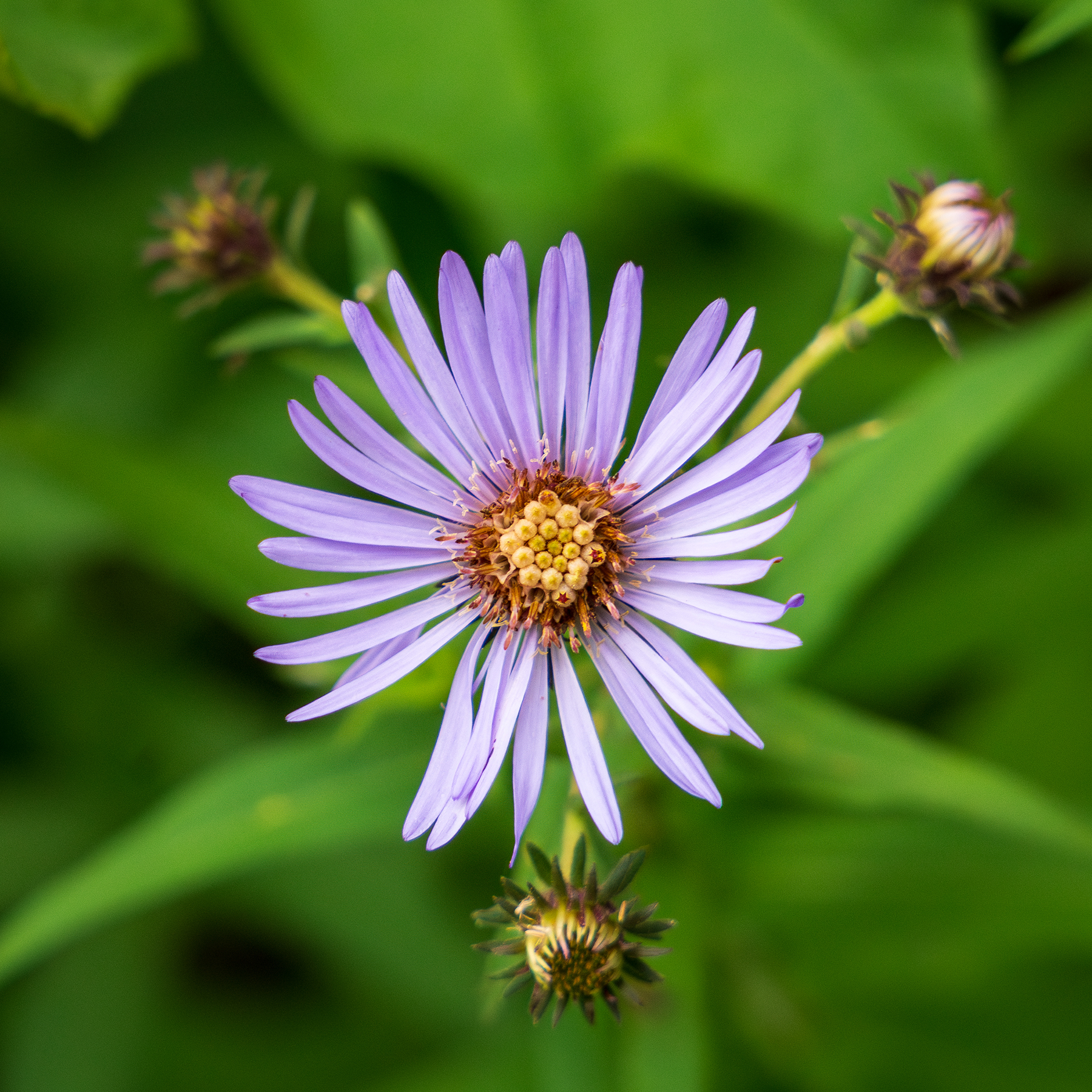
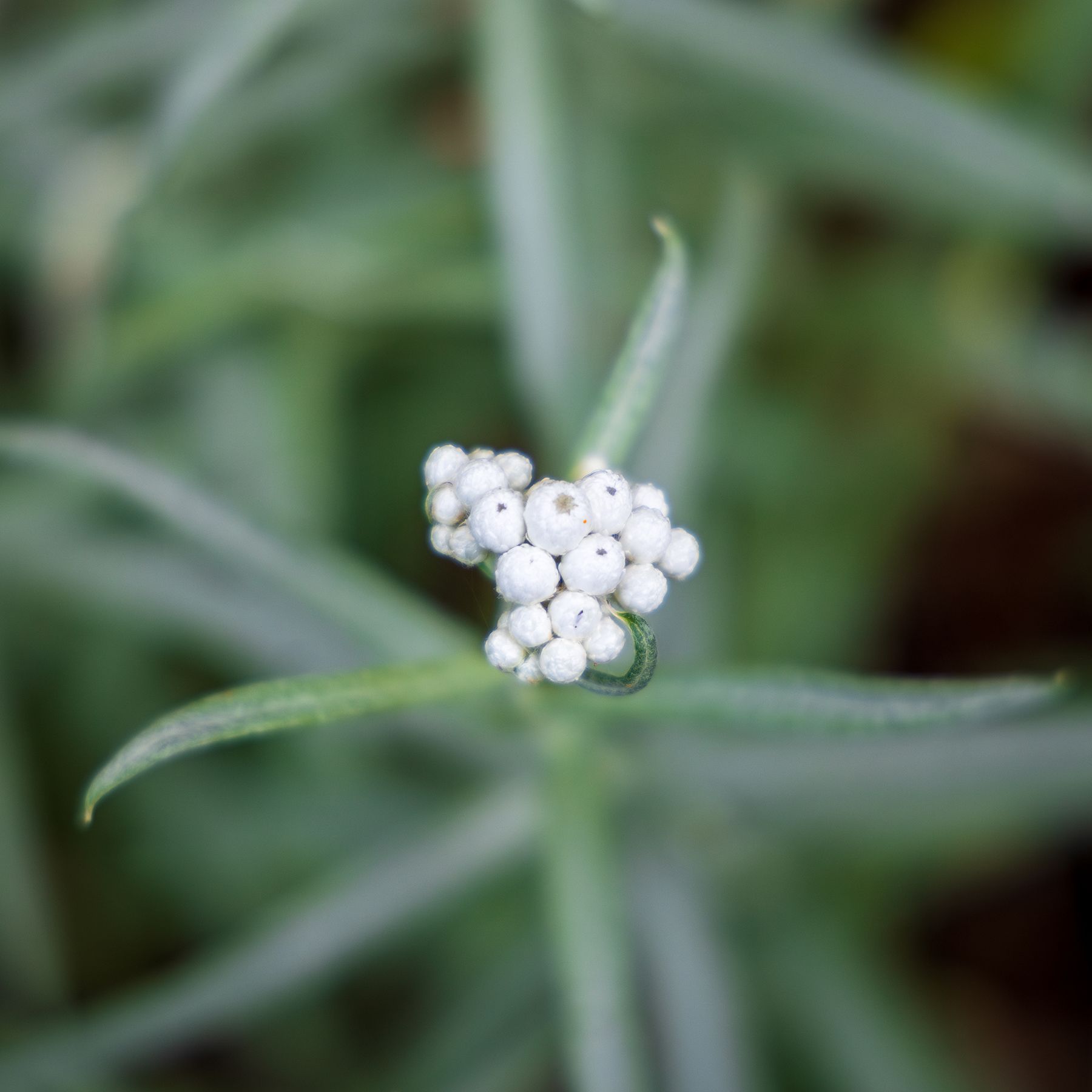
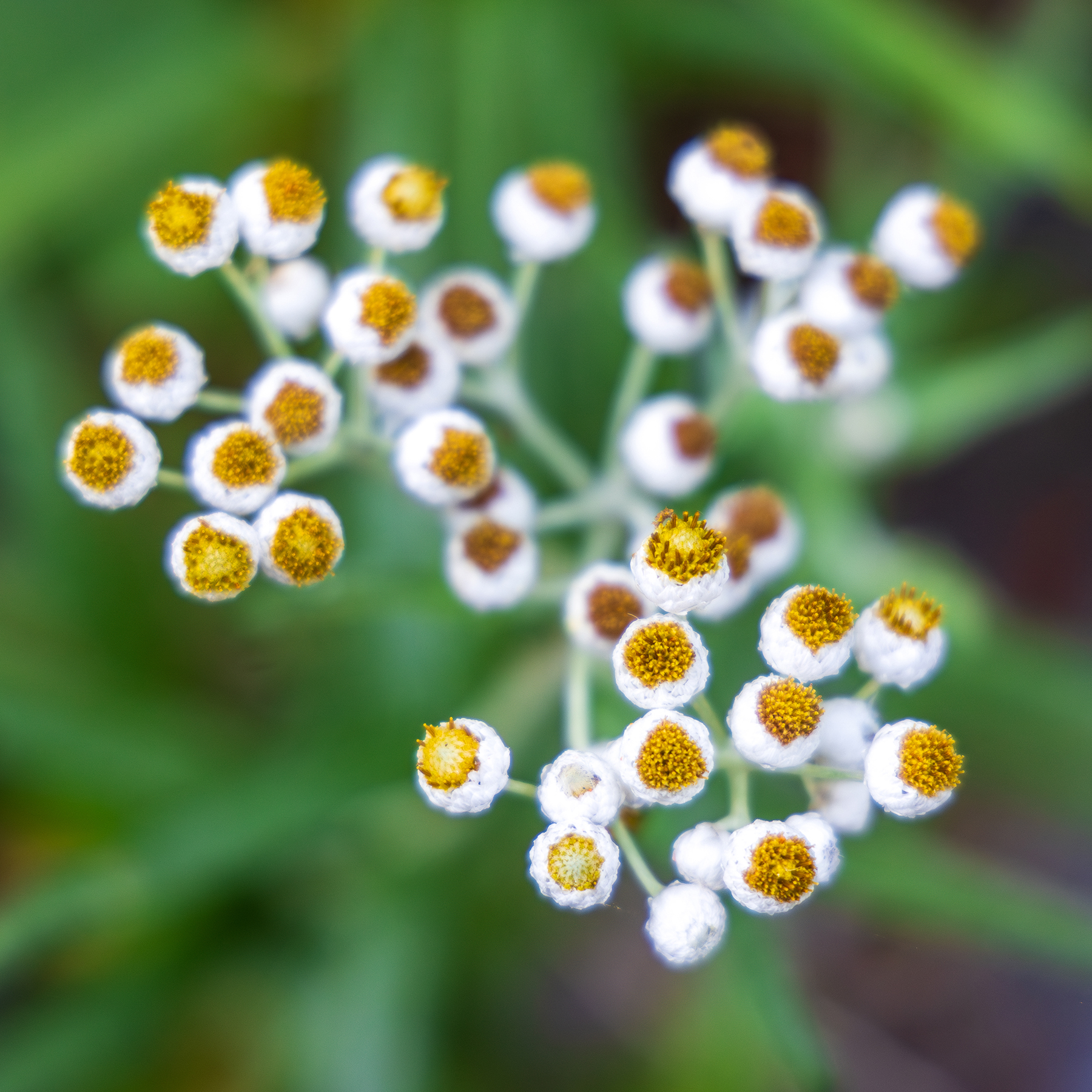

A small pond was perfectly poised below a break in the treeline, revealing the mountains behind it, and tons of fat tadpoles scattered when I stepped on a large stone at the shore.
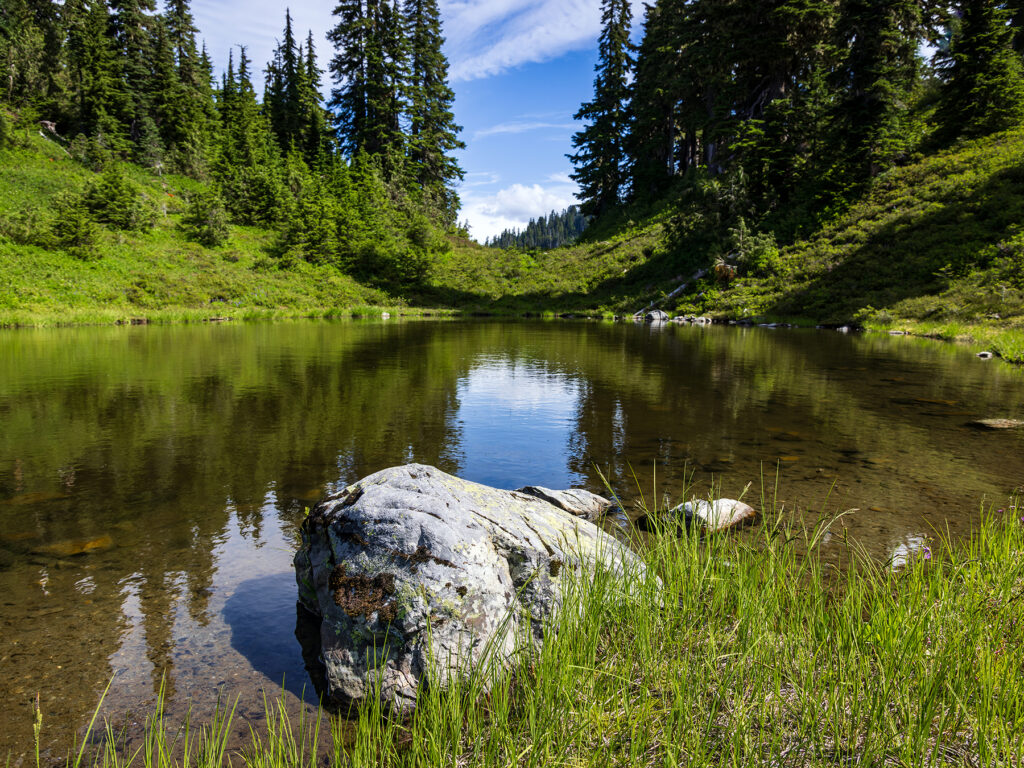
On one stretch of the trail, the trees opened up to reveal the mountains in the distance where clouds poured into the valleys as if from a bowl.
After a short break to enjoy the overlook at First Divide (4,688 feet), we descended to camp from the mountain pass. We were beyond ready to rough up a lunch, kick up our feet in the hammocks, and fall asleep in the dappled sunlight. The following day would be a lot of mileage, so we needed to rest. We didn’t want to waste a minute of the time we had left to live outdoors with perfect weather conditions and far from the wifi-connected world.
Final reflection on our trek through Olympic National Park
We woke around six for our last breakfast at Nine Stream and broke camp. We were in no rush to leave this beautiful place and go back to real life, but we faced a nearly 10-mile hike out to our car with everything on our backs, then a drive through Olympia and on to Seattle.
We broke it into three segments. The first leg went too smoothly, giving us a false sense of security. The second part was short and scenic, and I tried to re-photograph a few gems I had seen on the first day, cascading waterfalls and crooked mossy trees. I was positively delusional by the home stretch. In my head, the final section was only supposed to be three miles long. In reality, it was almost five.
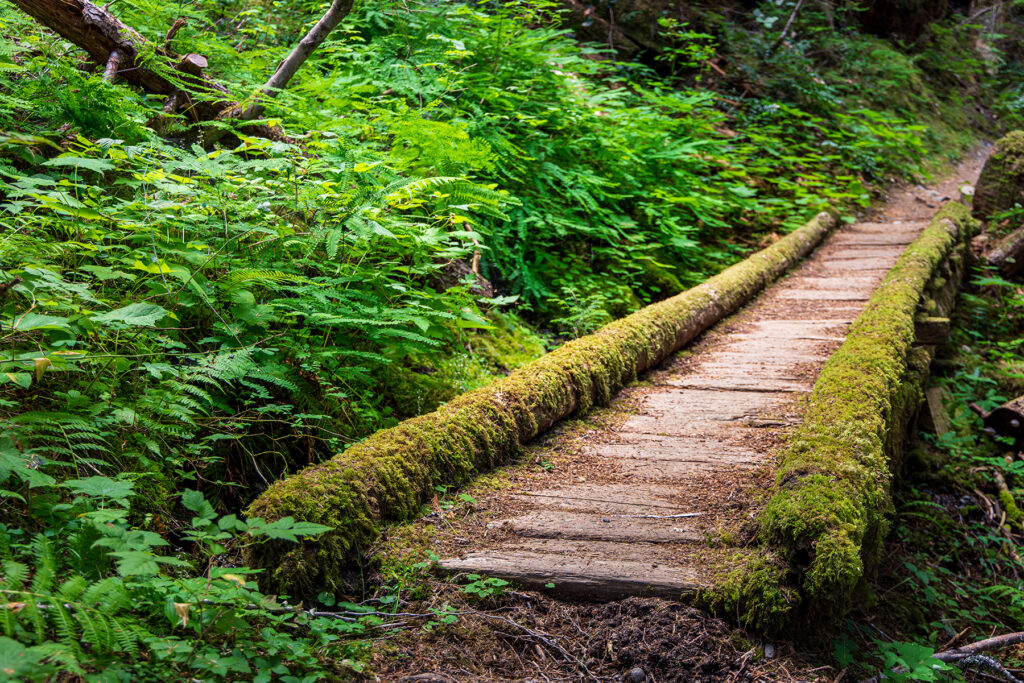
My knees and ankles were begging for mercy, even with the aid of trekking poles. Every step felt like my feet were being punched. My shoulders were still tender from the previous days’ hikes, but the straps were more friendly on the way down.
My self-awareness and confidence were stronger, too. An unnerving bridge with broken side rails I feared would plunge me 50 feet into the rocky river had my blood pumping and knees vibrating on the way in, but barely raised an eyebrow on the way out.
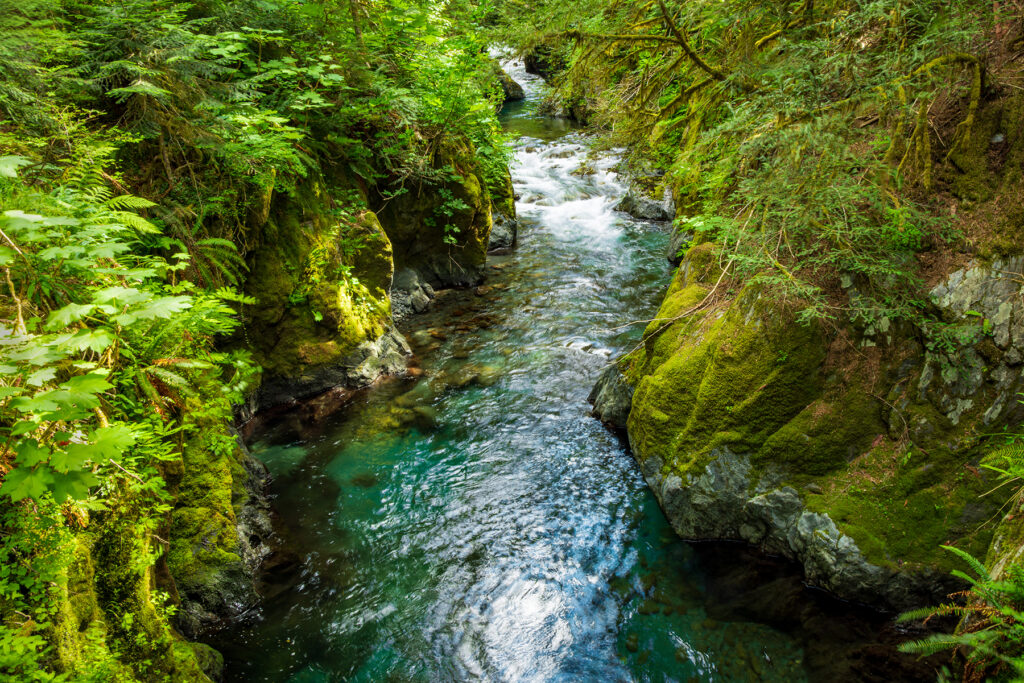
In our final miles, we reflected on the words we channeled on this excursion – a helpful distraction. Ease. Home. Gratitude. Gratitude for a perfect few days on the North Fork Skokomish Trail and for exceptional campsites with stunning views and freshwater. For the sound of the river and the strength of our bodies to carry us this far. Our ability to live stripped down and more connected to the land, if only for a little while. To be reminded of what’s important – and what we can do without. For the opportunity to be here, to have experienced this, and to be on our way home again.
The river is strong, just like us, two women who choose time and again to reconnect and recommit to the land and ourselves in this way. Sometimes, the river is smooth and gentle; at others, she’s fierce and relentless. She is life-giving, connected to every other living thing, providing what the rainforest needs to survive. When the river diminishes to a trickle, oppressed by the sweltering heat or held back by a man-made dam, she rests. She waits and collects herself, regaining her strength to carry on. She is resilient. She is thirsty, but she’s strong.
Select images from this story are available for purchase in my Zenfolio store. 50% of all art sales are donated to environmental conservation organizations.
Follow me on Instagram @KCTRVLR to see more from Washington
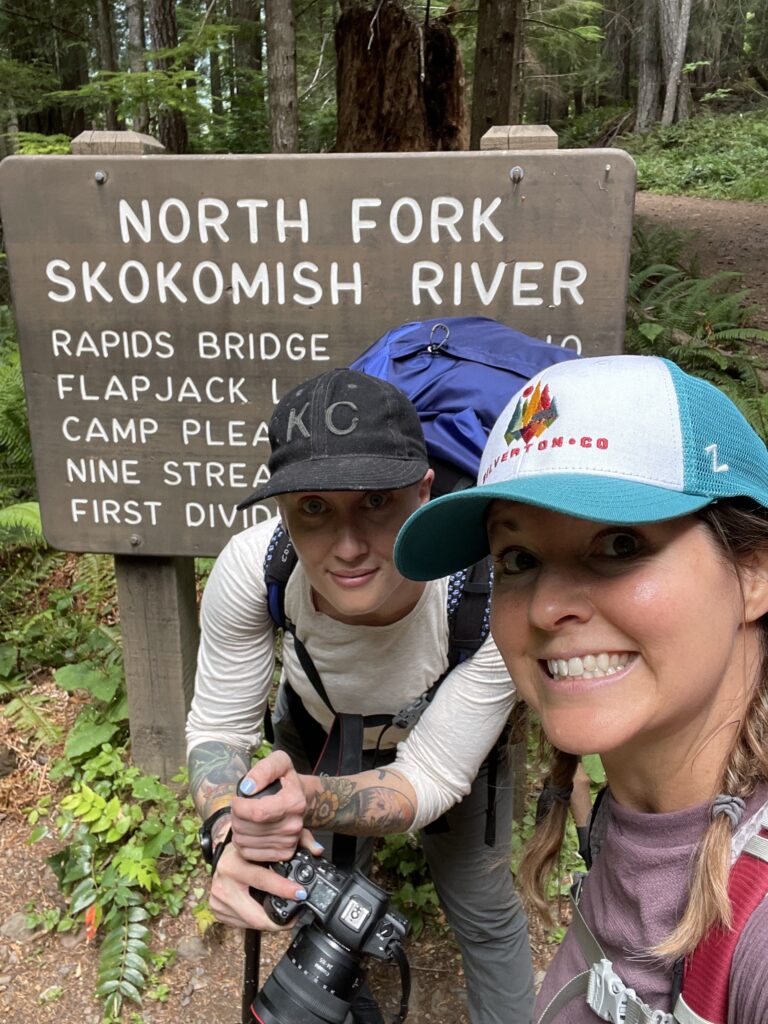
with hiking buddy Lori, @theoutdoorsyartist
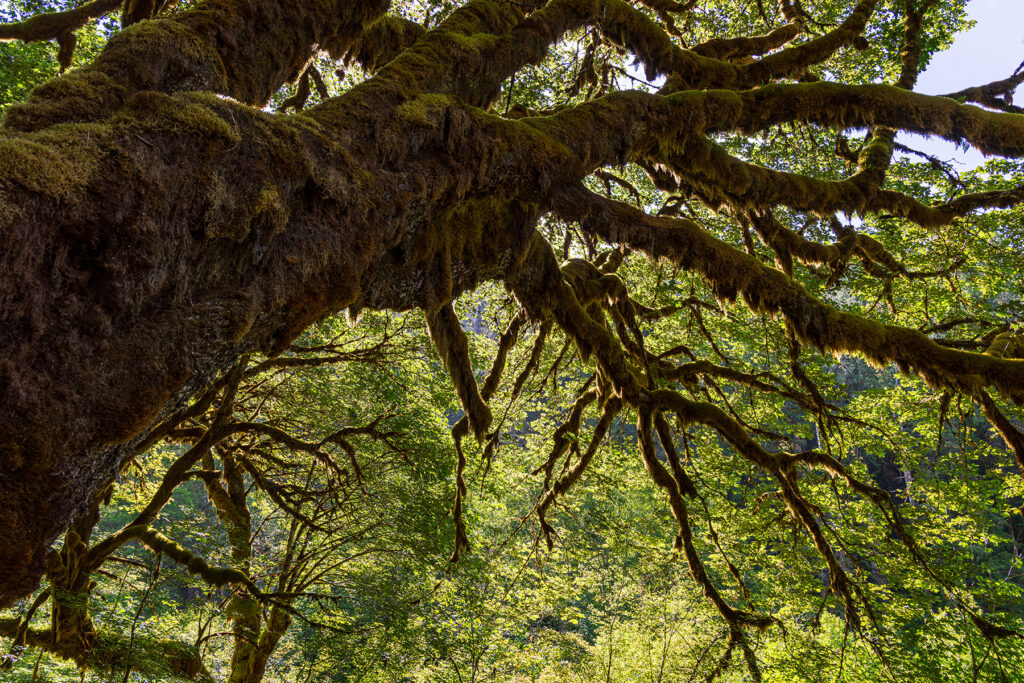
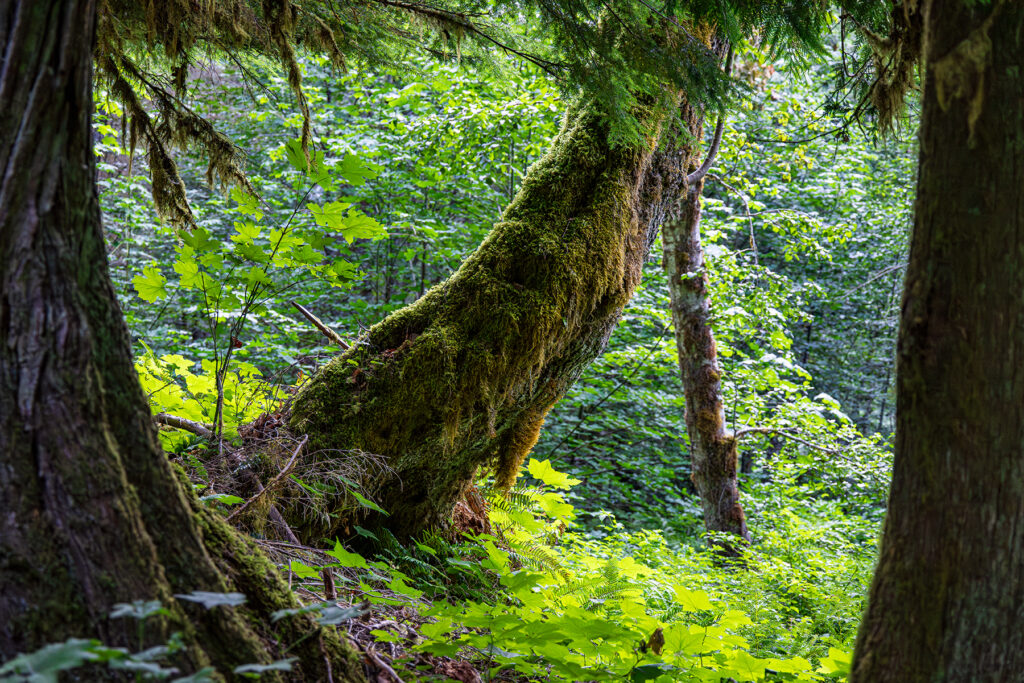
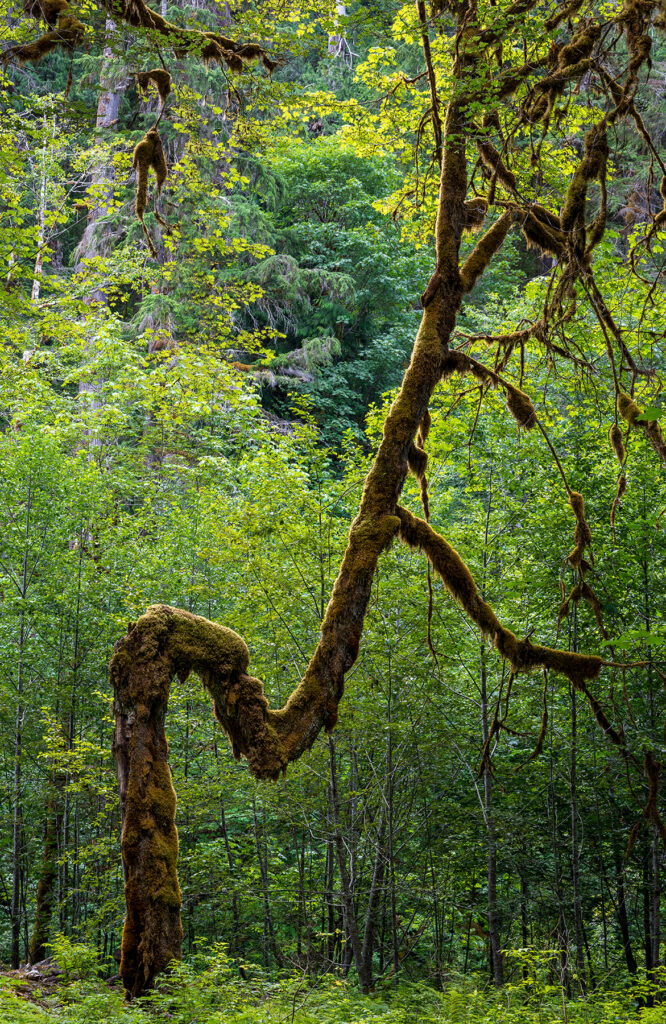
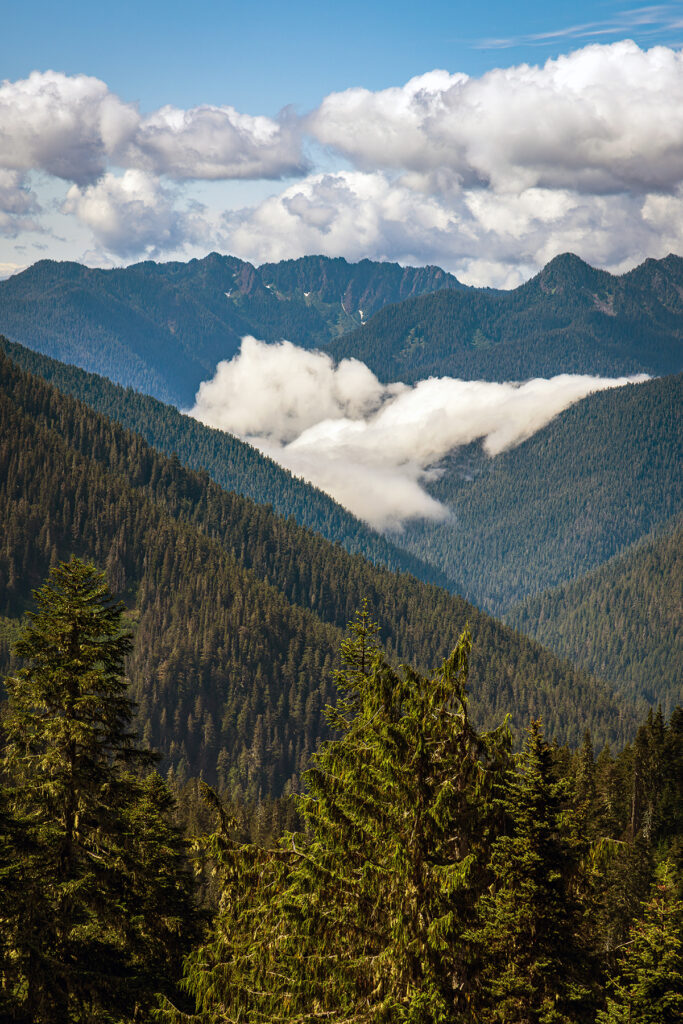
Wonderfully written and photographed!
Your captivating travelogue complemented with beautiful photos took me back to 1973 when I lived and worked in and around the Olympic Rain Forest. It looks the same as it did 50 years ago. Let’s keep it looking that way for the next 500 and beyond. Well done, Heather!